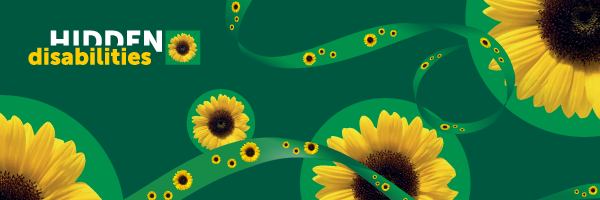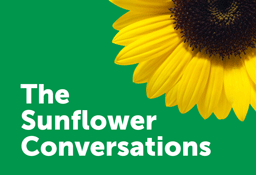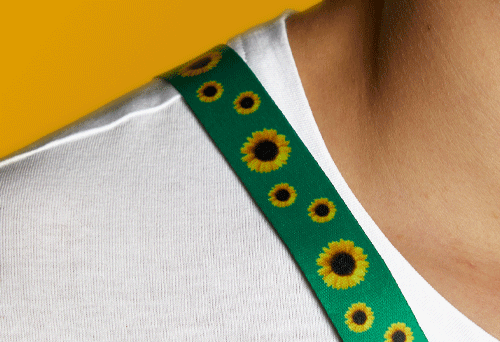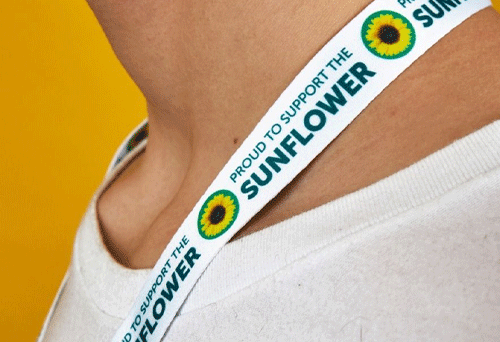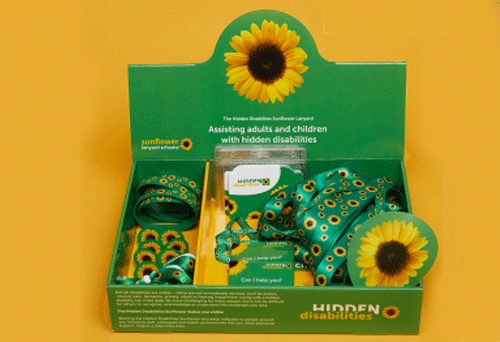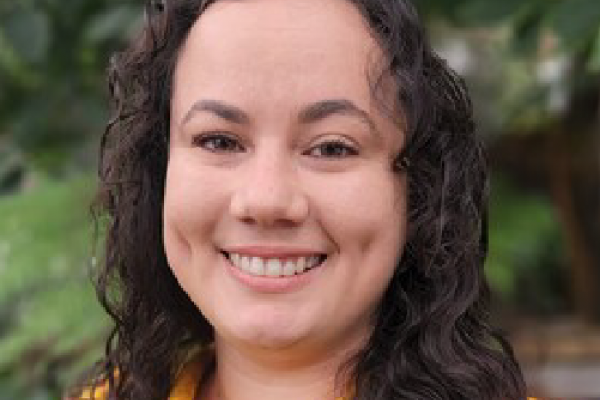If you grew up in the 1960s, 70s, 80s or even early 90s and are autistic, you are quite possibly only now discovering, and receiving your autism diagnosis. The chances are you spent your childhood, adolescence and most of your adult life in a state of turmoil. Masking who you are, failing to understand why you don't quite fit the mould and blaming yourself for it. A part of the lost generation.
There are a growing number of people, especially women, receiving an autism diagnosis in later life. Here we explore why so many people are only now being diagnosed, how a diagnosis can help you, the route to diagnosis and how the Sunflower can help.
The lost generation
While autism is typically diagnosed in early childhood, it is entirely possible for health professionals, teachers and parents to miss or overlook the symptoms, until late childhood, adolescence, or even adulthood.
I'm just a girl

The award-winning author of the children's book series Geek Girl, Holly Smale, wasn't diagnosed until she turned 39 years old. When Holly reflects on why her autism was missed she says: “I was a highly functioning girl, therefore seen as precise, sensitive, detail-orientated and just a bit too clever. Every trait was right in front of people, if I was a boy would this have been missed?”
Autism has historically been thought of as only being experienced by boys. If we look at various studies that have been conducted over the years, the ratio of autistic males to females ranges from 2:1 to 16:1. With the most-up-to-date estimate placing the ratio at 3:1. Media representations of autistic people were more often than not, white and male; characters in movies such as Rain Man, What's Eating Gilbert Grape, Adam, I Am Sam. It is therefore, perhaps not surprising that when autistic women, girls and non-binary people, like Holly, seek information to support the idea that they could be autistic, they don't see themselves represented as everything has been framed around this idea that the majority of autistic people are white men: “Every media representation of being autistic had been male. It was all trains and maths and physics. It was a very male led representation. And I was arty, I liked words, I like fashion, I liked having my hair done. I did not see myself at all in any of the representations of autism in the things I'd seen on screen. . . Whenever I looked up autism on the internet I didn't see myself reflected, not only was it male based, but it was so deficit based, I couldn't see myself.”
Masking - the imitation game

In order to 'fit in' and avoid becoming alienated and bullied, autistic children, adolescents and adults will mask. Masking can be described as acting a role in a play; studying other people's character, the way they talk, their facial expressions, the way they move, make eye-contact, everything about them, copying this behaviour and making this character your own.
As Orion Kelly, an Autistic advocate, consultant, keynote speaker, writer and broadcaster explains: “As an autistic person I go out into the world and I suppress my true self to keep the neurotypical world feeling comfortable. So I spend every day of my life masking. I'm playing a role except there's never an end of the scene. Constantly recovering at night to get up in the morning and play the role again. And not only am I playing the role, but failing at playing the role successfully, as I'm still autistic, so I can't completely mimic a neurotypical brain! Failing and then being rejected by people as my disability has made them feel uncomfortable.”
While masking is employed as a coping mechanism implemented in order to navigate a neurotypical world, it could also be the cause of many a missed, overlooked, or mis-diagnosis.
Will having an official diagnosis help me?
“Many women receiving an autism diagnosis in middle to late adulthood were kinder to themselves, signifying a progression from self-criticism to self-compassion” - Alexandra Leedham
Many people describe their diagnosis as helping them to finally understand who they really are. After years of trying, and failing, to understand why navigating a neuro-typical world was so unbelievably hard, of feeling like you were somehow broken, to be given the answer, the reason 'why', for some people can be validating. As Rose Matthews says: “Life is more settled now . . .I believe I have value, thanks to my diagnosis”.
By making sure autistic children don’t go undiagnosed, we can reduce the number of lost and unhappy autistic adults.
The subject of misdiagnosis is dealt with in the BBC documentary: Christine McGuinness: Unmasking my autism
The programme focused on girls and women and why it has historically been difficult to obtain a diagnosis. Importantly it covered the effects of misdiagnosis, which can be devastating, resulting in mental health, eating disorders and sexual and physical abuse.
Christine spoke to a range of people, including school-age girls and autistic mums, and clinical professionals.
There were some beautiful moments in the documentary, we particularly liked the analogy of masking being invisible – a graceful swan gliding on the water, but what you can’t see is the furious paddling underneath.
Christine was heart-warmingly honest during the show and revealed some personal experiences that will hopefully educate society. If you’ve not yet seen this documentary, you can still access the content via the BBC i Player.
How can the Sunflower help?
The Hidden Disabilities Sunflower has a range of materials, products, articles and podcasts about or for autistic adults, children and adolescents.
We continue to raise awareness of autism and the challenges that a neuro-typically, wired world presents to the neuro-divergent through articles like this one and the related articles below as well as campaigns such as the Autism Employment Gap – falling through the cracks.
Our Sunflower cards can be found in our shop and include both the 'I'm autistic' and the personalised 'I'm autistic' cards to let people know that you're autistic and may require understanding, patience or support.
